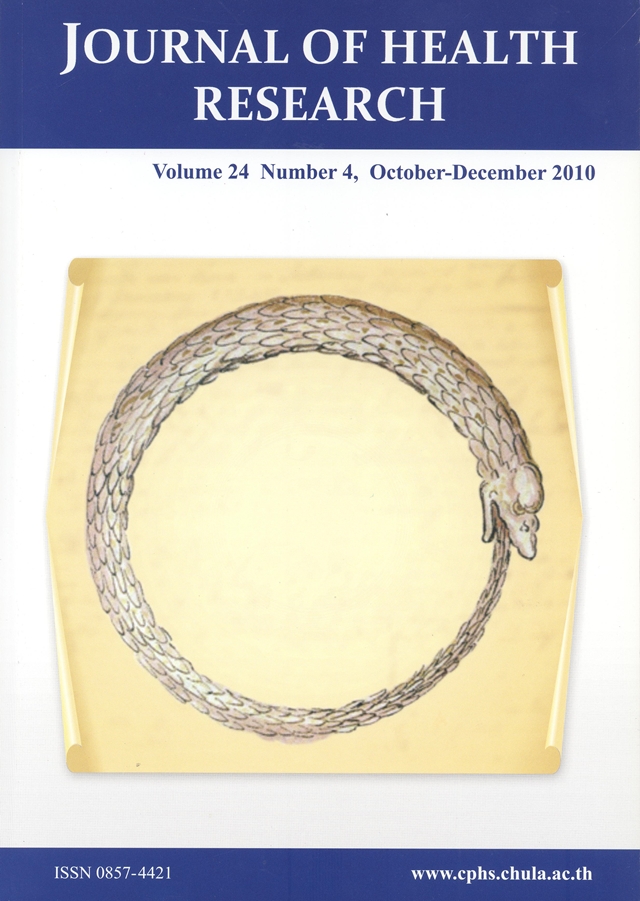Antinociceptive Effects of Curcumin Diethyl Disuccinate in Animal Models
Keywords:
Curcumin diethyl disuccinate, Hot-plate, Tail-flick, Writhing test, Analgesic effectAbstract
Curcumin diethyl disuccinate (CurDD) is a succinate prodrug of curcumin. The antinociceptive effects of CurDD was evaluated in hot-plate, tail-flick and acetic acid-induced writhing models in mice. Hot-plate and tail-flick latencies were determined in male ICR mice prior to the administration of 0.9% normal saline solution (10 ml/kg, i.p.), morphine (10 mg/kg, i.p.), 0.5% carboxymethylcellulose (CMC; 10 ml/kg, p.o.) or various doses of CurDD (25, 50, 100 and 200 mg/kg, p.o.) and were subsequently determined at 15, 30, 45, 60, 90, 120 and 240 min. The mean percent maximum possible effect (%MPE) was calculated and used in the determination of the area of analgesia (%MPE-min). All doses of CurDD showed significant analgesic responses in the hot-plate test (p<0.05), while the lowest dose of CurDD (25 mg/kg) gave a significant analgesic response in the tail-flick test (p<0.05). In the acetic acid-induced writhing test, mice were induced with intraperitoneal injection of 0.6% acetic acid 1 hr after the oral administration of 0.5% CMC, indomethacin (10 mg/kg) or various doses of CurDD (25, 50, 100 and 200 mg/kg) and the mean writhing response was determined for 30 min. CurDD 200 mg/kg significantly decreased the mean writhing response compared to vehicle controls (p<0.05). These results demonstrated that CurDD possesses antinociceptive activity in mice and likely produced both central and peripheral analgesic responses.







